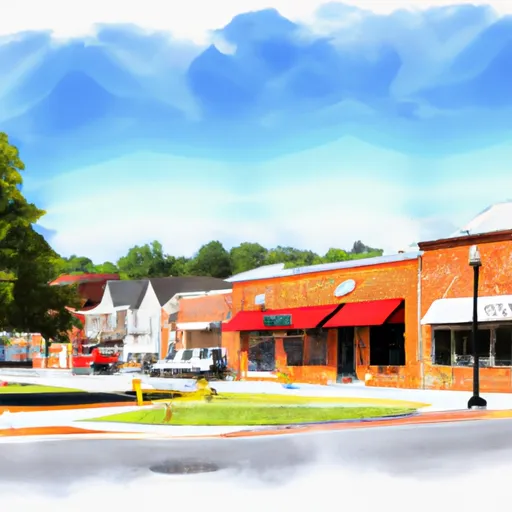°F
°F
mph
Windspeed
%
Humidity











Markham is a small town located in Fauquier County, Virginia. The climate in Markham is classified as humid subtropical, characterized by hot, humid summers and mild winters. Average temperatures range from around 30°F (-1°C) in winter to 85°F (29°C) in summer. The area experiences moderate rainfall throughout the year, with precipitation averaging around 42 inches (1067 mm) annually.
Markham is nestled in the foothills of the Blue Ridge Mountains, which contributes to its beautiful natural surroundings. The town is surrounded by several rivers and streams, including the Rappahannock River and Goose Creek, providing ample hydrology constituents. These water bodies offer opportunities for fishing, canoeing, kayaking, and swimming, attracting outdoor enthusiasts.
In terms of outdoor recreation, Markham is surrounded by stunning natural landscapes, making it an ideal location for hiking, camping, and birdwatching. Nearby Shenandoah National Park offers countless trails with breathtaking views, perfect for outdoor exploration. The region's rolling hills and picturesque scenery also provide excellent opportunities for photography and nature walks. With its favorable climate, beautiful hydrology constituents, and diverse outdoor activities, Markham is a great destination for nature lovers and outdoor enthusiasts.
Weather Forecast
Markham receives approximately 1072mm of rain per year, with humidity levels near 80% and air temperatures averaging around 13°C. Markham has a plant hardyness factor of 7, meaning plants and agriculture in this region tend to thrive during the non-winter months.
Regional Streamflow Levels
9
Cubic Feet Per Second
199
Cubic Feet Per Second
0
Cubic Feet Per Second
43
Cubic Feet Per Second
Nearby Camping
| Camping Area | Reservations | Toilets | Showers |
|---|---|---|---|
| Lake Anna State Park | |||
| McCoys Ferry - C and O Canal National Park | |||
| Fort Frederick State Park | |||
| Sleepy Creek WMA |



